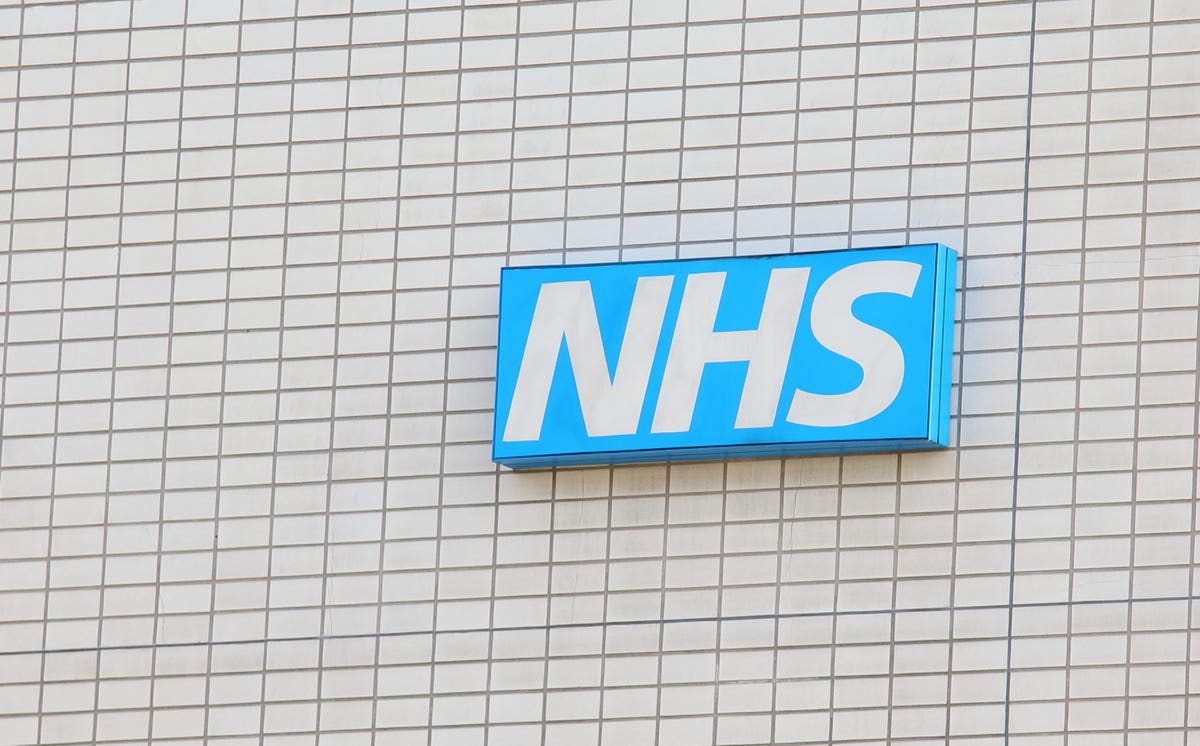The U.K.’s National Health Service — a beacon of pride that provies the bulk of the country’s healthcare free at the point of use — turns 75 this week.
The beloved but beleaguered insitution is currently battling some of the biggest challenges it’s ever faced.
Besides the pandemic, growing demand, short staffing, an ageing estate and years of low funding have stretched the service beyond capacity. The public are now waiting far longer than usual for care: delays that cause pain, reduce quality of life and ultimately cost lives.
So what are the some of greatest challenges facing the service?
Staff shortages
The NHS has struggled with staffing for many years. Although the total workforce has grown, increased demand means its vacancy rate remains stubbornly high.
A number of factors have piled extra pressure on this overstretched workforce in recent years.
The 2016 Brexit vote is thought to have led to a fall in the number of doctors migrating to the U.K. from Europe. A report from the Nuffield Trust think tank suggests the country missed out on hundreds of doctors from high-demand specialities like cardio-thoracic surgery and anesthetics after the referendum.
Specialist doctors have also been hit by pension tax quirk that piles extra charges on high earners. This has discouraged senior doctors from taking on extra shifts and had major implications for areas like radiology, which were already facing staff shortages.
Although the government has been working to resolve the issue, doctors contiue to come up with their own strategies to avoid penalties. For example, by setting up their own companies to work through.
The pandemic, of course, has also had a massive impact on the workforce. In the short term, it drove sickness absence up as staff tested positive for covid. In the longer term, it’s seen staff struggle with their mental health and wellbeing.
Vacancies and absence not only make it harder to safely staff wards and to run clinics, but they force hospitals to spend money on expensive temporary staffing.
Today, many employees are being stretched to their limits by highly pressurised working conditions as hospitals struggle to meet growing demand for their services. Staff morale has decreased over the last couple of years.
And as the cost of living has risen, staff have become increasingly unhappy with below-inflation pay increases.
NHS nurses, doctors, ambulance workers and more have gone on strike several times since December over pay and working conditions.
While some industrial action is drawing to a close, other employee groups are gearing up for their first potential walk-outs.
Union leaders argue better pay is needed not just to help existing staff meet an increased cost of living, but to make it easier for hospitals to attract and retain staff.
Last week, the U.K. government announced a long-awaited workforce plan for NHS England, the body that commissions health services in England — by far the most populous country in the British Isles.
It promises a £2.4bn ($3bn) investment in training, recruitment and retention over the next five years, alongside other commitments.
Industry experts have largely welcomed the move. But some have questioned where funding will come from and whether the plan will do enough to improve working conditions.
Demographic changes
An ageing population with increasingly complex health needs is driving growing demand for healthcare. It’s a situation that should come as no surprise to policymakers — but nonetheless, it’s one the service is arguably underprepared for.
And it’s already having an impact on performance.
It’s one of several factors related to the country’s ongoing emergency care crisis.
Waits for emergency services, from ambulance response times to the time spent in emergency rooms before admission, have risen markedly over the last year as hospitals have struggled to discharge patients.
The situation is in part linked to a lack of adequate social care for patients who may need extra support to be discharged safely. Without this, patients may languish in hospitals despite being medically fit to leave.
This puts pressure on bed availability, creating bottlenecks that restrict “patient flow” through the healthcare system.
The older the population, the more hospitals will expect to see frail patients with complex needs who need more support to leave.
An ageing population also creates more demand for an area hit hard by covid: elective waiting lists.
Many planned procedures are linked to age-related conditions, like cataract surgery hip replacements. Waits for these ballooned as appointments were cancelled at the start of the pandemic.
But this now-mammoth list was already rising before it started. As experts with the Nuffield Trust and Health Foundation think tanks wrote last year, Covid has exacerbated issues facing an already-vulnerable service.
Buildings and equipment
Many of the country’s hospital buildings are old and in need of serious repair. This means the organisations that run them are spending large amounts of money to maintain facilities and respond to unexpected incidents like flooding.
Other environmental problems, like simply having too small an emergency department, contribute to overcrowding and related delays.
A relatively low supply of imaging devices like CT and MRI scanners can also slow down diagnosis. The government has announced investment in these machines, but for now, the country remains behind its OECD peers.
Ageing concrete is a problem at many sites. Some are even at risk of collapse because they were built with type of concrete — reinforced autoclave aerated concrete — with a relativshort lifespan.
There are ongoing efforts to invest in new buildings, including a flagship scheme that originally promised to build “40 new hospitals
But the programme has been is beset not just with delays, but ongoing criticism it won’t deliver nearly as many new hospitals as promised.
Many of the projects, it turns out, will be redevelopments or extensions of existing hospitals. These will still provide larger and better designed facilities for many members of the public. But they may also be considered too little, too late.
Read the full article here




